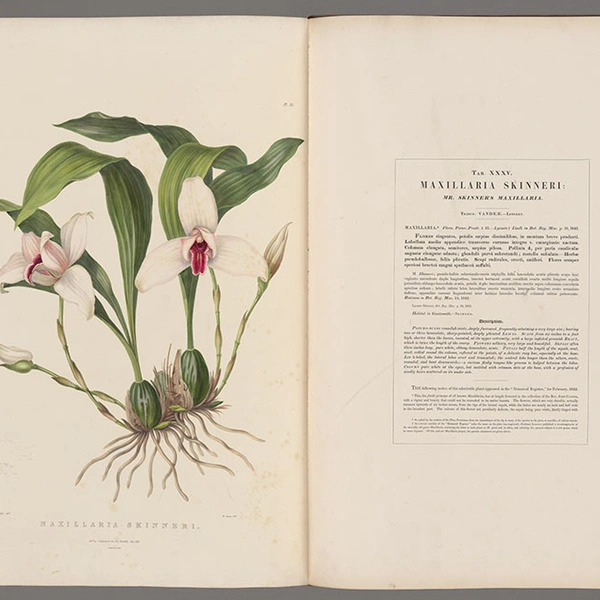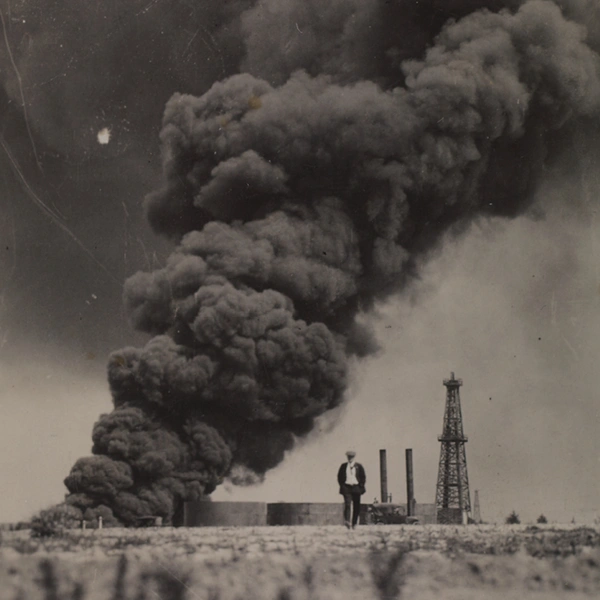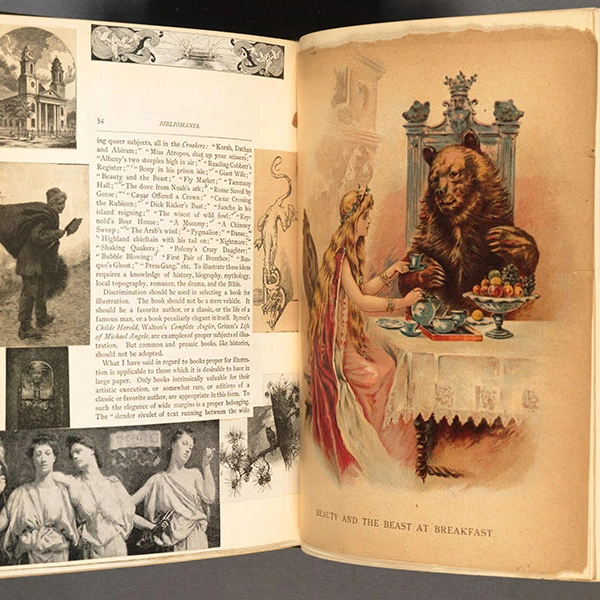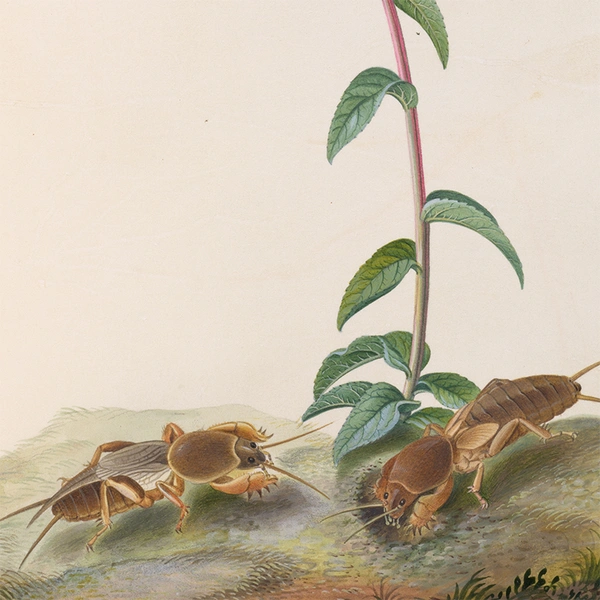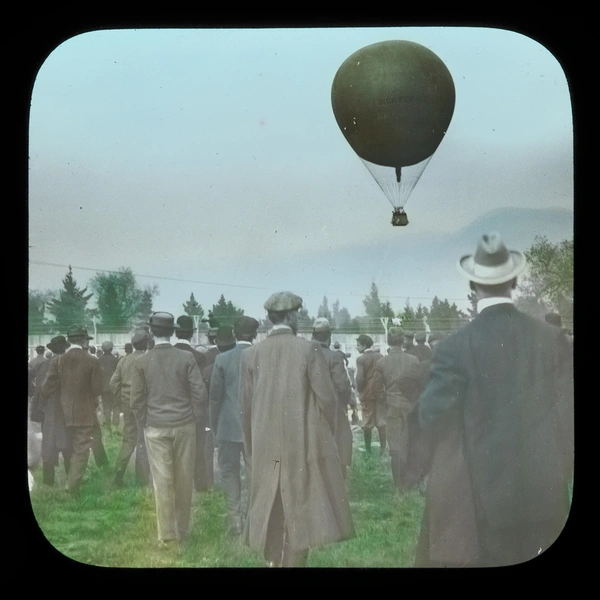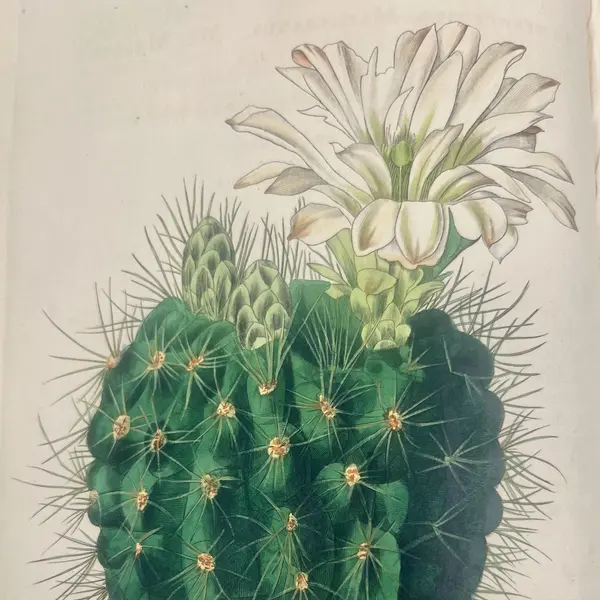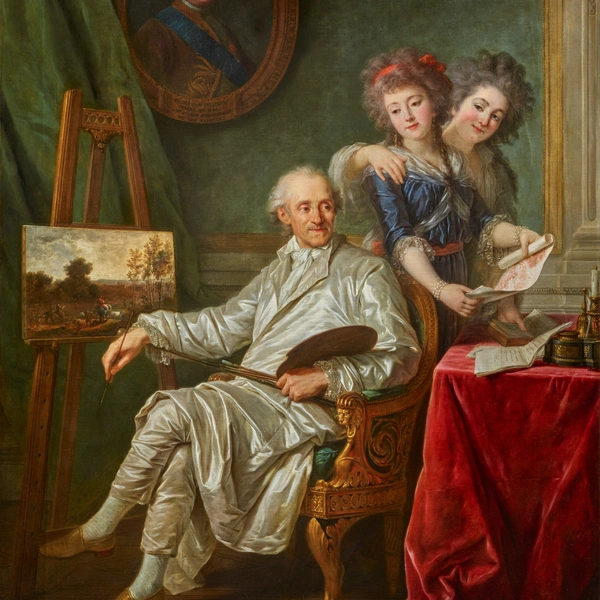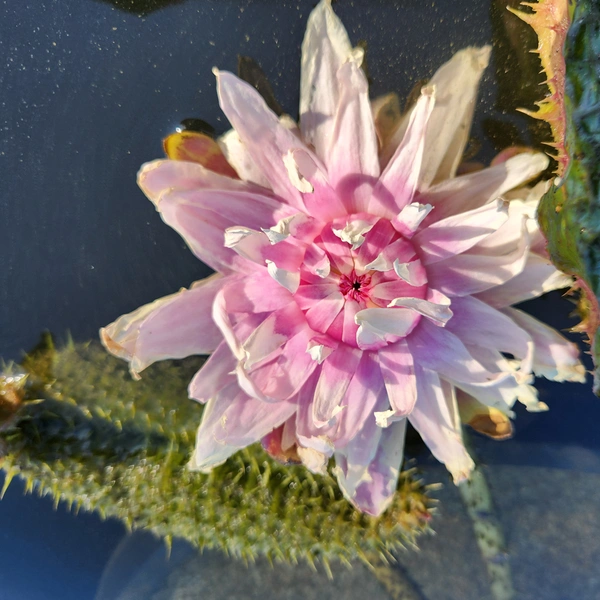Las orquídeas de México y Guatemala
Tue., Oct. 1, 2024 | Natalie Lawler
Un libro del siglo XIX sobre las orquídeas de Latinoamérica evoca una reflexión personal sobre la vulnerabilidad y la resiliencia de las plantas, el arte de la ilustración botánica y la poderosa función de los retratos como huellas perdurables de la memoria cultural.
The Orchids of Mexico and Guatemala
Tue., Oct. 1, 2024 | Natalie Lawler
A 19th-century book on Latin American orchids prompts a personal reflection on the vulnerability and resiliency of plants, the art of botanical illustration, and the power of portraits as markers of cultural memory.
Art
Rebeca Méndez on “Storm Cloud,” John Ruskin, and a Perfect Sky
Fri., Sept. 27, 2024 | Aric Allen
Artist, designer, and UCLA professor Rebeca Méndez discusses her work Any-Instant-Whatever (2020), which is featured in “Storm Cloud: Picturing the Origins of Our Climate Crisis
Art
The Huntington to Present Major Retrospective on Prolific Los Angeles Artist Don Bachardy
Tue., Sept. 24, 2024
“Don Bachardy: A Life in Portraits” will feature more than 100 works of art and archival materials spanning over 70 years.
Conferences
The Obsession with Extra-Illustrating Books
Tue., Sept. 24, 2024 | Julie Park and Adam Smyth
In the 18th and 19th centuries, an obsession spread among bibliophiles for extra-illustrating or grangerizing books. Readers would supplement the pages of an already published book by inserting prints and related materials acquired from other sources. This process would often result in a huge expansion of the original volume.
What Lies Hidden Beneath Velasco’s “View of Tacubaya”
Tue., Sept. 17, 2024 | Dennis Carr
When Velasco’s painting arrived at The Huntington, a few lines of printed text could be seen at the bottom of the work. Infrared reflectography, a process that can detect layers of detail not visible to the naked eye, has revealed what lies beneath the painting’s surface.
Art
The Art and Science of Close Observation
Tue., Sept. 10, 2024 | Andrew Kersey
The exhibitions “Storm Cloud: Picturing the Origins of Our Climate Crisis” and “Growing and Knowing in the Gardens of China” trace the dovetailing histories of the relationship between humans and the environment and emphasize the significant role that close observation has played in art, science, and ethics.
Pasadena Views from an Ill-Fated Balloon Ride
Tue., Sept. 3, 2024 | Jason Pearl
What may be the first aerial photographs of Pasadena, captured in 1909, were the product of a risky—almost disastrous—undertaking. When photographer Harold A. Parker was on the balloon American, he took photos of the city from the air. But the journey became harrowing when the balloon flew off course.
Botanical
41st Annual Succulent Plants Symposium
Fri., Aug. 30, 2024
Notable speakers from around the world cover diverse topics including succulents of South Africa, Madagascar, and Taiwan, the history of Agaves in the Southwestern United States, an enduring scholarly legacy, and a new campaign against the illegal plant trade.
Art
The Huntington Acquires 18th-Century French Masterpiece by Antoine-François Callet
Wed., Aug. 28, 2024
The Huntington has acquired an ambitious, large-scale masterpiece by 18th-century French portraitist Antoine-François Callet, the official painter of Louis XVI. The work is the fourth in a series of acquisitions made possible by The Ahmanson Foundation.
Giant Water Lilies Afloat at The Huntington
Tue., Aug. 27, 2024 | Sandy Masuo
More than a century has passed since the iconic Victoria water lily last graced The Huntington’s botanical collections. Today, you’ll find these intriguing tropical giants growing in the basin of the North Vista’s fountain and in the Lily Ponds on the south side of the property.
News
Diego Godoy Named Associate Curator of the California and Hispanic Collections
Tue., Aug. 20, 2024
The Huntington announced the appointment of Diego Godoy as the associate curator of the Library’s California and Hispanic collections. Godoy comes to The Huntington from Duke University Libraries, where he serves as librarian for Latin American, Iberian, and Latino Studies. He begins his new role on Aug. 26.

